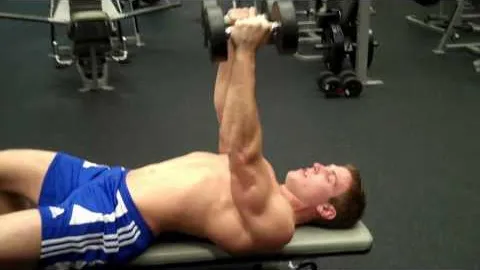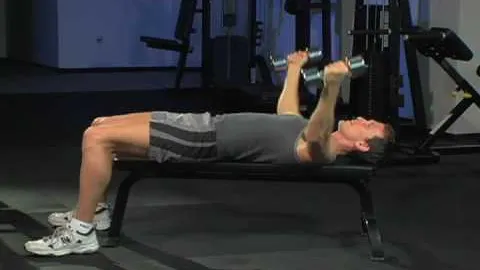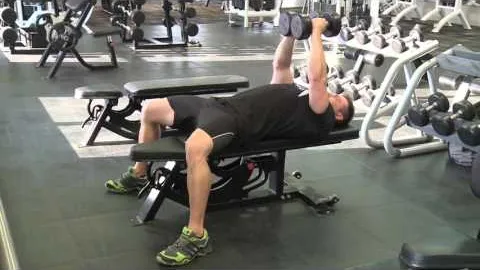



Dumbbell flys on a flat bench is a popular exercise used to target the chest muscles. It is a compound exercise that primarily focuses on the pectoralis major, but also engages the deltoids and triceps to a lesser extent. This exercise is highly effective for developing chest muscles and can be incorporated into any workout routine. In this guide, we will cover the correct form, benefits, variations, and tips for maximizing your results with dumbbell flys on a flat bench.
To target the upper portion of your chest, you can perform incline dumbbell flys. The setup and execution are similar to flat bench dumbbell flys, with the only difference being the angle of the bench. Incline dumbbell flys place more emphasis on the upper chest, helping to create a well-rounded and balanced chest appearance.
To target the lower portion of your chest, you can perform decline dumbbell flys. This variation is performed on a decline bench, with the head positioned lower than your feet. Decline dumbbell flys place more emphasis on the lower pecs, helping to create a fuller and more sculpted appearance to the overall chest muscles.
Dumbbell flys on a flat bench are a fundamental exercise for chest development. By incorporating this exercise into your routine, you can effectively target and shape your chest muscles. Remember to maintain proper form, adjust the bench angle as needed, and gradually increase the weight over time. With consistency and dedication, dumbbell flys on a flat bench can help you achieve a strong, defined, and well-rounded chest.
If you're looking for a gym, fitness club or yoga studio, you've come to the right place.
You can find information about gyms in your area. Browse catalog of gyms and find gyms with classes which are you looking for.
On gym page you can find simple information like address, phone or website. You can find list of available classes. You can check availability of personal training or small group classes. On place page you can also see information about open hours.
You can find gyms near you with amenities, courts, studios and equipments.
Use our map to find gym at your city or district.
In Gym Navigator you can find list of exercises with movies for many body parts.
You can browse exercises catalog and find exercises the best of you.
You can also find exercises grouped into workout plans, which you can use to improve you body. Each routine show you exercises one by one and give you possibility to count you progress and count down rest time.